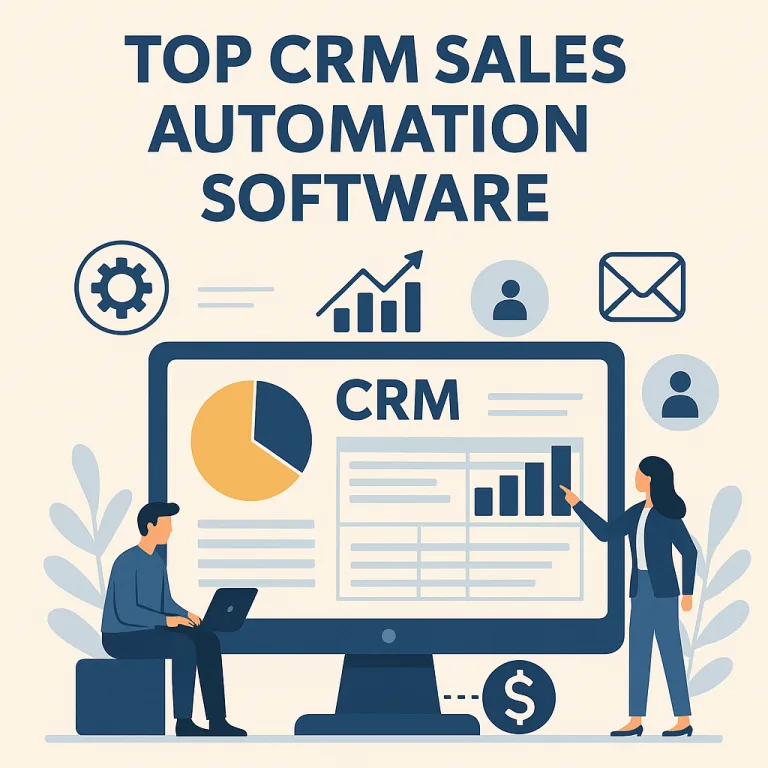How to Launch a Successful Business Podcast: A Step-by-Step Guide
In today’s fast-paced digital world, podcasts have emerged as one of the most powerful mediums for businesses to connect with audiences. Whether you’re looking to build brand authority, share valuable insights, or network with industry leaders, a business podcast can be a game-changer. But launching a successful podcast isn’t just about hitting the record button; it requires careful planning, consistent execution, and strategic marketing. Here’s a comprehensive step-by-step guide to help you launch a business podcast that stands out and drives real results.
Step 1: Define Your Podcast’s Purpose and Audience
Before diving into technicalities, clarify why you want to start a podcast. Are you aiming to educate your audience, generate leads, build community, or position yourself as an industry thought leader? Having a clear purpose guides every decision you make moving forward.
Next, identify your target audience. Who are they? What challenges do they face? What kind of content will resonate with them? Understanding your listeners’ needs helps you tailor your episodes to offer maximum value. As highlighted in The CEO Magazine, a successful business podcast thrives on deeply knowing its audience and delivering consistent, relevant content that meets their expectations.
Step 2: Choose a Clear, Compelling Topic or Niche
The podcast landscape is vast and growing every day. To stand out, select a niche that aligns with your expertise and passion while serving an identifiable audience. Your niche could focus on startups, leadership, marketing strategies, or even a specialized industry like fintech or healthcare.
A well-defined niche not only attracts loyal listeners but also makes it easier to create content ideas, invite relevant guests, and build a recognizable brand around your podcast.
Step 3: Plan Your Content and Format
Consistency is key in podcasting. Decide how often you will release episodes—weekly, biweekly, or monthly—and the approximate length of each episode. Business podcasts typically range from 20 minutes to an hour, depending on the depth of content and audience preferences.
Consider the format: Will you host solo episodes, interviews, panel discussions, or a combination? Interview-style podcasts tend to attract a wider audience because they bring fresh perspectives and expert insights. However, solo episodes allow you to directly communicate your thoughts and establish a personal connection.
Creating a content calendar with planned topics and potential guests ensures you stay organized and can deliver episodes on schedule, which builds trust with your audience.
Step 4: Invest in Quality Equipment and Software
You don’t need to spend a fortune to start podcasting, but decent equipment makes a huge difference in audio quality. At minimum, invest in a good-quality microphone and headphones to reduce background noise and echo.
Recording and editing software options range from free tools like Audacity to professional suites like Adobe Audition. Platforms such as Libsyn or Anchor simplify podcast hosting and distribution to popular directories like Apple Podcasts, Spotify, and Google Podcasts.
According to The CEO Magazine, high-quality audio and smooth editing contribute significantly to a podcast’s professionalism and listener retention.
Step 5: Record and Edit Your Episodes
When recording, ensure you’re in a quiet, well-insulated space. Speak clearly and naturally, aiming to be conversational rather than scripted. Authenticity resonates with listeners and fosters trust.
Editing is where you polish your audio—removing filler words, background noises, and awkward pauses. Add intros, outros, music, or sound effects if appropriate, but keep them subtle to maintain professionalism.
Don’t forget to create compelling episode titles and descriptions. These are crucial for searchability and enticing potential listeners to click and listen.
Step 6: Launch and Promote Your Podcast
Launch your podcast with multiple episodes (typically 3-5) so listeners get a sense of your content and style. This “binge-worthy” approach encourages subscriptions and shares.
Promotion is essential. Leverage social media platforms, email newsletters, your website, and professional networks to spread the word. Engage with your audience through comments and social channels to build community.
Collaborate with guests who have their own following to tap into new audiences. Consider cross-promotion with other podcasters in your niche to expand reach.
Step 7: Monitor Feedback and Analytics
Use podcast analytics provided by hosting platforms to track downloads, listener demographics, and engagement trends. Pay attention to which episodes perform best and why.
Solicit listener feedback through surveys or social media to understand what content resonates and what could be improved. Continuously refine your approach based on this valuable data.
Step 8: Monetize and Grow Your Podcast
Once your podcast gains traction, explore monetization options such as sponsorships, affiliate marketing, premium content, or offering services related to your expertise.
Investing in advertising, collaborations, and guest appearances can help grow your audience further.
Remember, successful podcasts are built over time through persistence, quality content, and authentic engagement.
Launching a successful business podcast is an exciting journey that combines creativity, strategy, and consistency. By clearly defining your purpose, understanding your audience, investing in quality production, and promoting your show effectively, you position yourself for meaningful connections and measurable business impact.
As The CEO Magazine highlights, the world of business podcasting is competitive, but with the right approach, your voice can rise above the noise. Start small, focus on delivering real value, and evolve with your audience to create a podcast that’s not only heard but also remembered.



